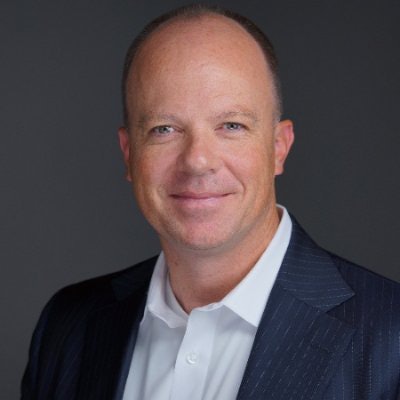
Have you ever wondered why a particular day in the office was better than any other day that week? When the practice is humming along and moving smoothly from one treatment room to another, all is well in the world, and you are experiencing the "best practices" of your dental business. Your production and collection results are excellent, and everyone is getting along.
Is it a fluke and just a lucky day, or were there forces in motion that created the ultimate day? Can those forces be harnessed to create the best day every day? The answer is yes: You can develop a plan to create the best day by understanding how it happened and then repeating those steps each day.
Defining the best practices
Best practices are born of trial and error, and the result is finding what works for the patient, team, and dentist. They are defined by the actions you take to create the most positive results.
 Dr. James Anderson.
Dr. James Anderson.Best practices can be how you and your team have decided to communicate positively with patients. Putting into play systems to manage appointments, financial arrangements, insurance processing, follow-up, clinical setups, and supply and equipment management, to name a few, is essential to the entire scheme of the day.
Is there an issue that repeats itself that throws a wrench into the day of the most dedicated team? Is it questions, complaints, or concerns regarding payment, discount dental plans, financial options, treatment decisions, and the ever-confusing dental insurance benefits conundrum? What has been the best way of handling sensitive issues such as last-minute cancellations and no-shows? What do you say to a patient who has dental benefits but is enrolled in an out-of-network plan?
Having the entire team know how to answer these common yet complex questions is important for building trust and morale for everyone involved, along with providing consistent messaging.
Creating your best practices
Managing a dental practice is not easy because many factors need to align for the patient and team to work in harmony. You also need to do so with the wisest use of people, time, and resources. What works for some healthy practices may not work as well for yours, so it is vital to develop your own best practices.
Each area of the practice needs a method of maintaining the right way to do things. For example, what best practices could be employed to manage a patient's dental insurance issues? Such practices include the following:
- Verify insurance eligibility, plan benefits, and limited policy coverage before patients arrive for their appointment.
- Confirm the coverage and benefits with patients and explain limitations and financial responsibility.
- Give patients a computer printout of the financial options that includes an estimate of insurance coverage and an agreement that the coinsurance payments are due as service is provided.
- Provide a preauthorization request for plans that require it before treatment.
- Assign someone from your business team to be accountable for insurance processing, follow-up, and appeals.
- Use your software technology to produce the most accurate data by entering the information correctly: The team must know how to enter data, documentation, and patient information to create reports and insurance claims. The goal is a claim paid promptly without denials or requests for more information.
- Appeal everything that gets denied because it may be a covered benefit denied in error.
- Follow up on unpaid claims at least every two weeks.
- Get outstanding insurance claims that are more than 90 days old to zero by following up until they are paid.
Once you have established the best practices for each system of your practice, you will be able to operate smoothly most of the time.
If you find you need to improve, it will be more evident which things need to be changed because you will all be doing it the same way instead of everyone choosing his or her own path.
Best practices mean that you and your team have control over the systems that influence and drive your practice. You choose the positive results and are no longer at the mercy of what the day might bring.
Dr. James Anderson is a practicing dentist in Syracuse, UT, and is the CEO and founder of eAssist Dental Solutions. He can be reached via email.
The comments and observations expressed herein do not necessarily reflect the opinions of DrBicuspid.com, nor should they be construed as an endorsement or admonishment of any particular idea, vendor, or organization.



















